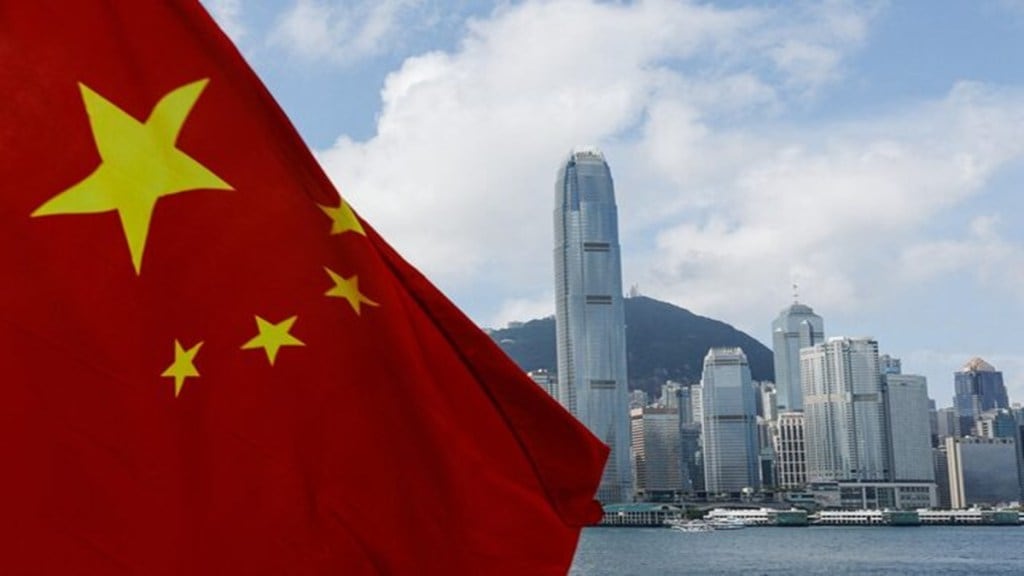Relations between India and China over the past several years have been rocky, with the border disputes remaining largely unresolved. At the same time, China has been a big trading partner—the value of bilateral trade was roughly $130 billion in 2024-25. China was, in fact, India’s second-largest trading partner, with the surplus heavily skewed in its favour. India remains critically dependent on China for a range of inputs including active pharmaceutical ingredients. In the last years since Covid-19, India’s policy approach has been to restrict Chinese foreign direct investments, limit the number of work visas, curb procurement of goods, and ban Chinese apps. In fact, some Chinese companies that had stakes in Indian start-ups have offloaded their equity holdings.
The globally volatile and uncertain trade and tariff environment that has emerged in the wake of President Donald Trump’s new policies, which envision high tariffs on US imports for products ranging from steel to automobiles, has put most countries across the globe, including India, in a spot. Even as the nation remains concerned about security at its borders and the Chinese government’s influence via its investments, it is now apprehensive Chinese companies will dump products here. China’s clamping down on exports of rare earth magnets, in retaliation to the high US tariffs, has created another crisis for Indian manufacturers of electric vehicles for whom these components are critical. While some 30 manufacturers have applied for a licence to import, it’s not clear how many will actually manage to procure the magnets. The export restrictions aren’t just limited to rare earth, wind turbines, defence equipment, and various consumer electronic devices. There have been curbs of late on the supply of di-ammonium phosphate (DAP), a critical fertiliser.
So far, India has made limited progress in its efforts to become a China Plus One location and the success has been largely in the area of electronics. The majority of production-linked incentive schemes have not taken off. Indian industrialists have been nudging the government to soften its stance against China. In fact, the Economic Survey 2023-24 had made a strong pitch for attracting Chinese investment to boost domestic manufacturing and access export markets, arguing that an increase in foreign direct investment (FDI) inflows from China could raise India’s participation in global supply chains and support export growth. The fact is that India can’t emerge as a major production hub without integrating more closely with the supply chains that run through South and East Asia, which form a vital part of global production systems. This reality cannot be wished away.
Experts believe, therefore, that India should revisit its business relations with China at a time when the US is attempting to assert itself in ways that could hurt our exports. They suggest India should enable more Chinese investments in a calibrated fashion and by putting in guardrails. It is possible that in a completely new global environment, one in which the US seeks to dominate, China too would be willing to settle for rules and regulations that are somewhat restrictive but allow its firms to do more business. In return for allowing the Chinese to participate in joint ventures—in which local partners have control—India could insist on faster localisation of manufacturing processes and transfer of technology. Given how India’s merchandise exports are languishing and not enough jobs are being created, it may be worth a shot.


